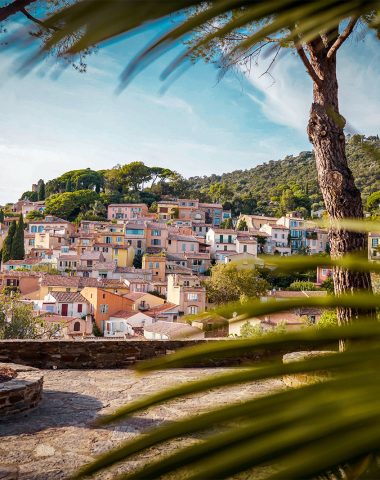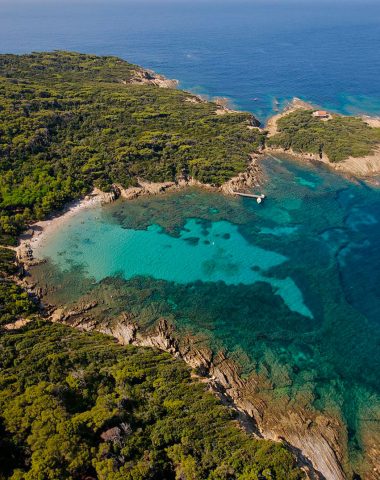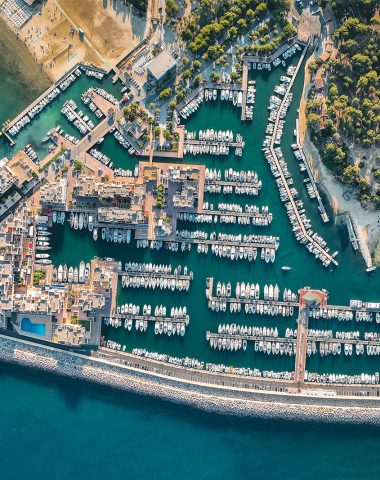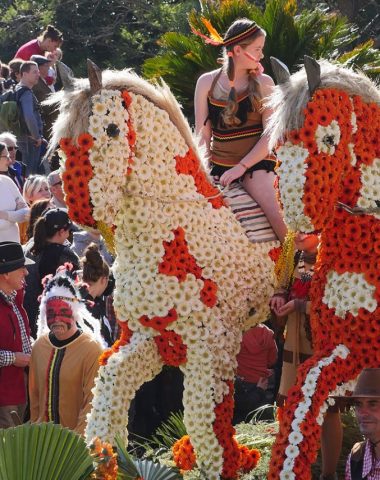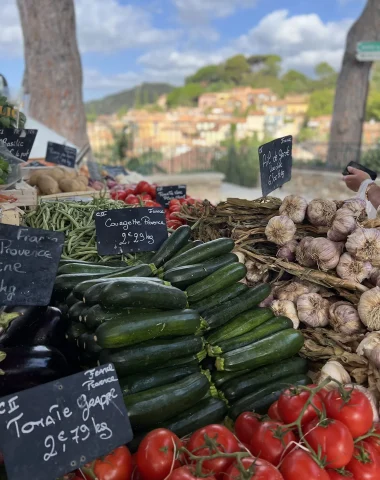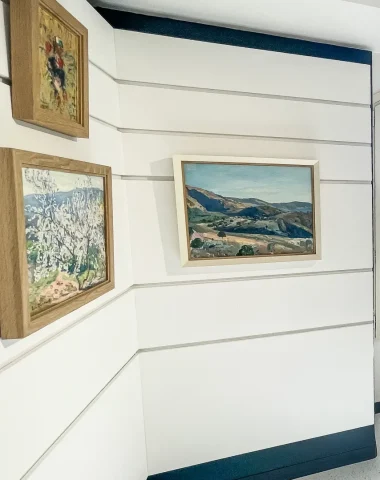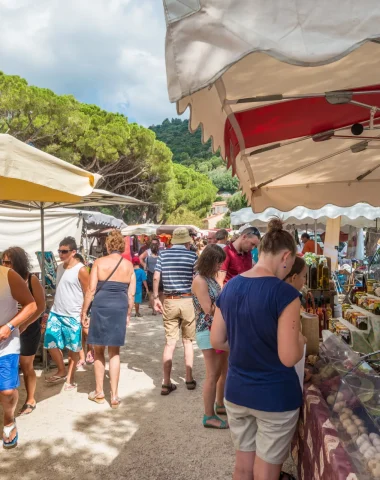Embark on a captivating journey along the Chemin des Sages, a project born from a visionary gathering of the Conseil des Sages, composed of wise individuals aged 60 and above, carefully chosen by local councilors for their wealth of experience. Inspired by the core principles of our Republican motto “Liberté, Égalité, Fraternité,” the council sought to breathe life into these ideals in the town of Bormes.
The Concept Takes Flight
A groundbreaking idea emerged during the council’s meeting—to adorn the town with phrases from renowned men and women, celebrated worldwide for their wisdom and humanism. The goal was to ignite the conscience of both passers-by and tourists, fostering a deeper connection with these universal values. To gain the support of the Mayor and the Council, the decision was made to integrate this pathway with the installation of historical plaques on the town’s iconic monuments. The members of the Conseil des Sages then meticulously designed the route through the medieval village and dedicated themselves to creating the perfect support, texts, images, and symbols for these plaques.

The butterfly, symbolizing joy, beauty, grace, and lightness of being, was chosen as the emblem of the project. Its transformative journey mirrors the essence of personal growth and rebirth. Just like the butterfly, we too experience different stages in life—a profound metamorphosis that allows us to release our past and embrace the beauty of who we’ve become. Symbolizing wisdom, the butterfly becomes a boundless source of inspiration. Beneath its delicate exterior lies an unwavering strength. Despite its ephemeral lifespan of a few days or weeks, the butterfly brings joy and exuberance through its graceful flight, fully savoring every moment that nature presents. Let us, like the butterfly, fearlessly embrace the experiences life offers us, both good and bad, knowing that they are fleeting. After all, our past experiences provide the best preparation for the future, allowing us to tread life’s paths with serenity
The biography of Simone Veil
Survivor of deportation, a symbol of the women's rights movement, Minister of Health, Minister of State, President of the European Parliament, forever remembered in the Académie Française.
Simone Jacob, born into a Jewish family on July 1, 1927, in Nice, was the youngest of four siblings. On March 1, 1944, the day after she completed her baccalauréat exams, the Gestapo arrested her. She was sent to Auschwitz along with her mother and older sister, Madeleine. That fateful night, the number 78651 was etched onto her arm, a number later engraved on her sword when she became an Academician in 2010. Tragically, she lost her mother, father, and brother in the horrors of the Shoah camps.
Returning to Paris in May 1945, she discovered she had passed her baccalauréat exams and joined the Faculty of Law and the newly established Institut d’études politiques. Here, she met Antoine Veil, whom she married on October 16, 1946, and together, they raised three sons. Between 1957 and 1964, she worked as a permanent attaché in the Prison Administration Department, advocating for better conditions for prisoners. She later joined the Civil Affairs Department, where she crafted the adoption bill. In 1969, she served as a technical advisor in the cabinet of René Pleven, the Minister of Justice.
In 1970, President Pompidou appointed her Secretary General of the Conseil supérieur de la magistrature (CSM), marking her as the first woman to hold this position. From 1974 to 1979, during Valéry Giscard d’Estaing’s presidency, Simone Veil served as the Minister of Health, making her the sole woman minister in the government. On January 17, 1975, the Veil law, which permitted voluntary termination of pregnancy, was enacted. The groundbreaking law, a concise 40-minute text, sparked a transformative shift in French society and cemented itself in history. Initially passed for five years, the law was renewed in 1979.
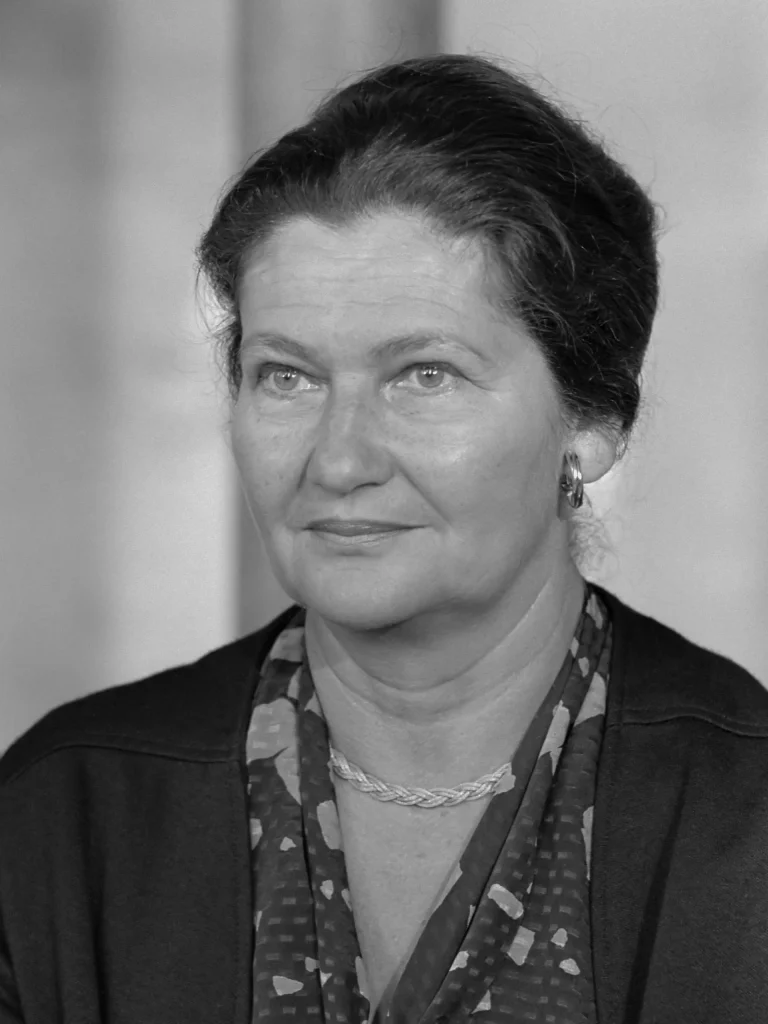
On July 17, 1979, she assumed the role of President of the European Parliament, a position she held until January 1982. Even after, she remained engaged in European politics, heading the Parliament’s Legal Service until 1993. In 1993, she broke another barrier by becoming the first woman Minister of State at the Ministry of Health and Social Affairs in Edouard Balladur’s government.
Throughout her illustrious career, she continued to make a mark. In 1997, she was elected President of the High Council for Integration under Alain Juppé’s government, championing equal opportunity. From 1998 to 2007, she contributed to the Conseil constitutionnel. She also presided over the Fondation pour la Mémoire de la Shoah from 2000 to 2007. Her prestige culminated in her election to the Académie française in 2008, occupying chair no. 13, previously held by luminaries like Paul Claudel, Pierre Loti, Pierre Messmer, and Jean Racine. In 2012, President François Hollande bestowed upon her the Grand-Croix de la Légion d’Honneur. After the passing of her husband and sister in 2013, Simone Veil withdrew from public life. She peacefully passed away at her Paris residence on Place Vauban on June 30, 2017, just days prior to her 90th birthday.
On July 1, 2018, Simone Veil was interred in the Panthéon, a testament to her legacy. Then, on March 8, 2019, Emmanuel Macron inaugurated the inaugural “Simone Veil Prize of the French Republic,” awarding 100,000 euros to individuals anywhere in the world advancing women’s rights.
The remains of the ramparts
Starting from the 5th century B.C., the arrival of Celtic and Ligurian tribes in Provence set the stage for trade and prosperity in the region. Yet, this newfound wealth lured the attention of marauding pirates and privateers hailing from the coasts of Turkey and North Africa. Maritime assaults became commonplace, targeting cargo and vessels, and enslaving crews for profit. Over countless years, hundreds of thousands of Provençals, Italians, and Spaniards were ensnared and sold. The imminent risks pushed coastal communities to forsake their seaside locations in favor of elevated terrain, affording enhanced oversight of sea entry points, threat assessment, and defensive preparation. Some settlements fortified their perimeters as a bulwark against invasion.
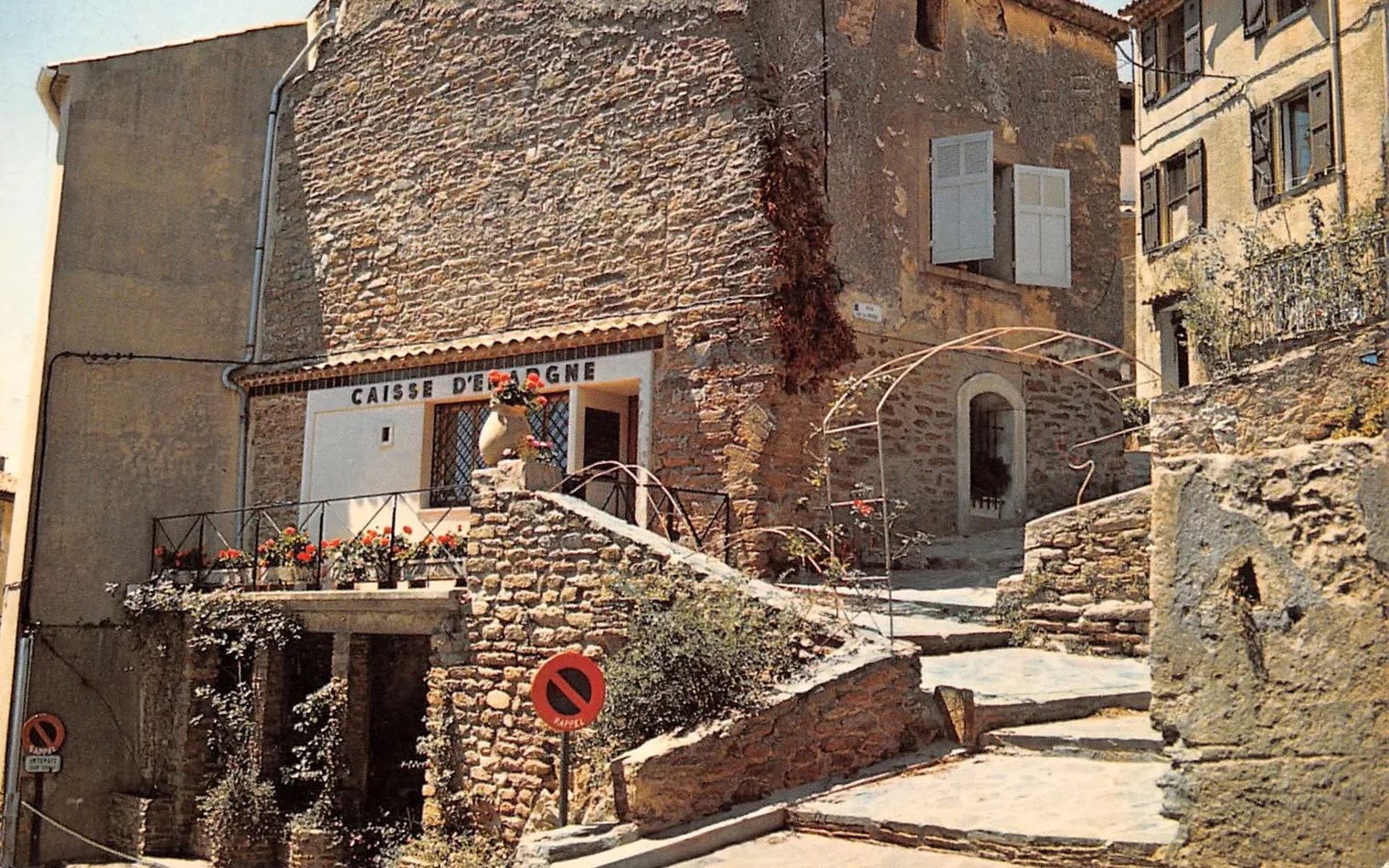
In the realm of Bormes, early inhabitants established themselves on elevated ground during the 9th century, compelled to forge their own defense mechanisms against Saracen raids. Although the Counts of Provence ultimately ousted the Saracens from the Maures hills, they persisted as a menace to merchant ships. Between 1167 and 1196, the people of Bormes erected a safeguarding wall, reaching heights of 6 to 8 meters and a thickness of 1.30 meters. Crafted predominantly from local stone sourced from schist quarries, the wall was meticulously designed with limited openings to avoid compromising defense. Strategically positioned gates marked historical entryways to the village and were often guarded during times of invasion or contagion. Echoes of this enclosure can still be glimpsed within the village, particularly along the northern extent of Rue Carnot. A segment of the wall adjacent to the Saint-Trophyme church stands as a testimony to the former gateway, constructed with stones dating back to the 12th century—a tangible reminder of an era fraught with invasions, when the populace found refuge behind these fortifications.

To experience the full splendor of the Chemin des Sages and delve deeper into the fascinating stories that unfold along this path, we invite you to explore the Baludik app.
Scan the QR code and embark on an interactive journey filled with games, surprises, and a deeper connection to the rich heritage of Bormes.


